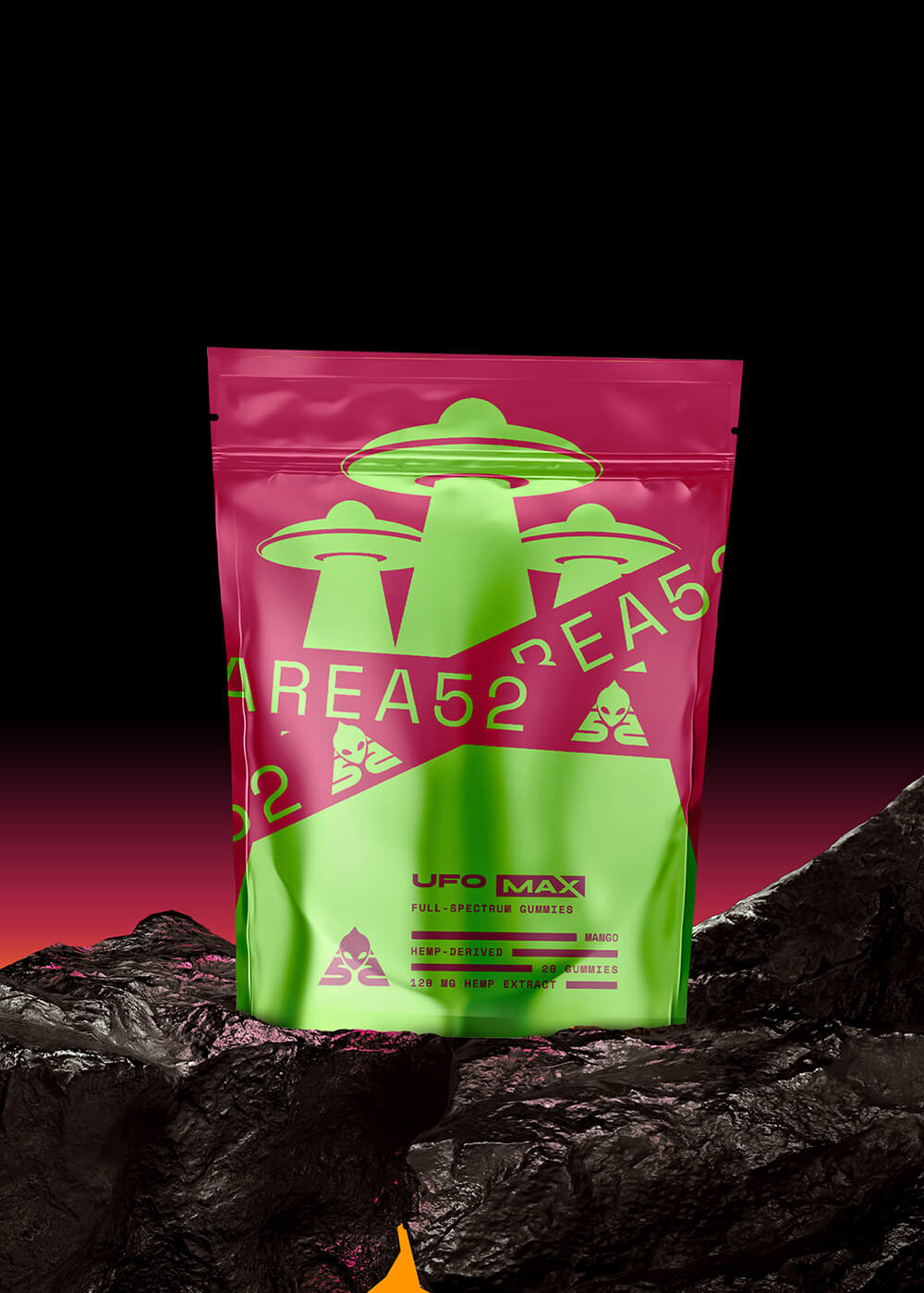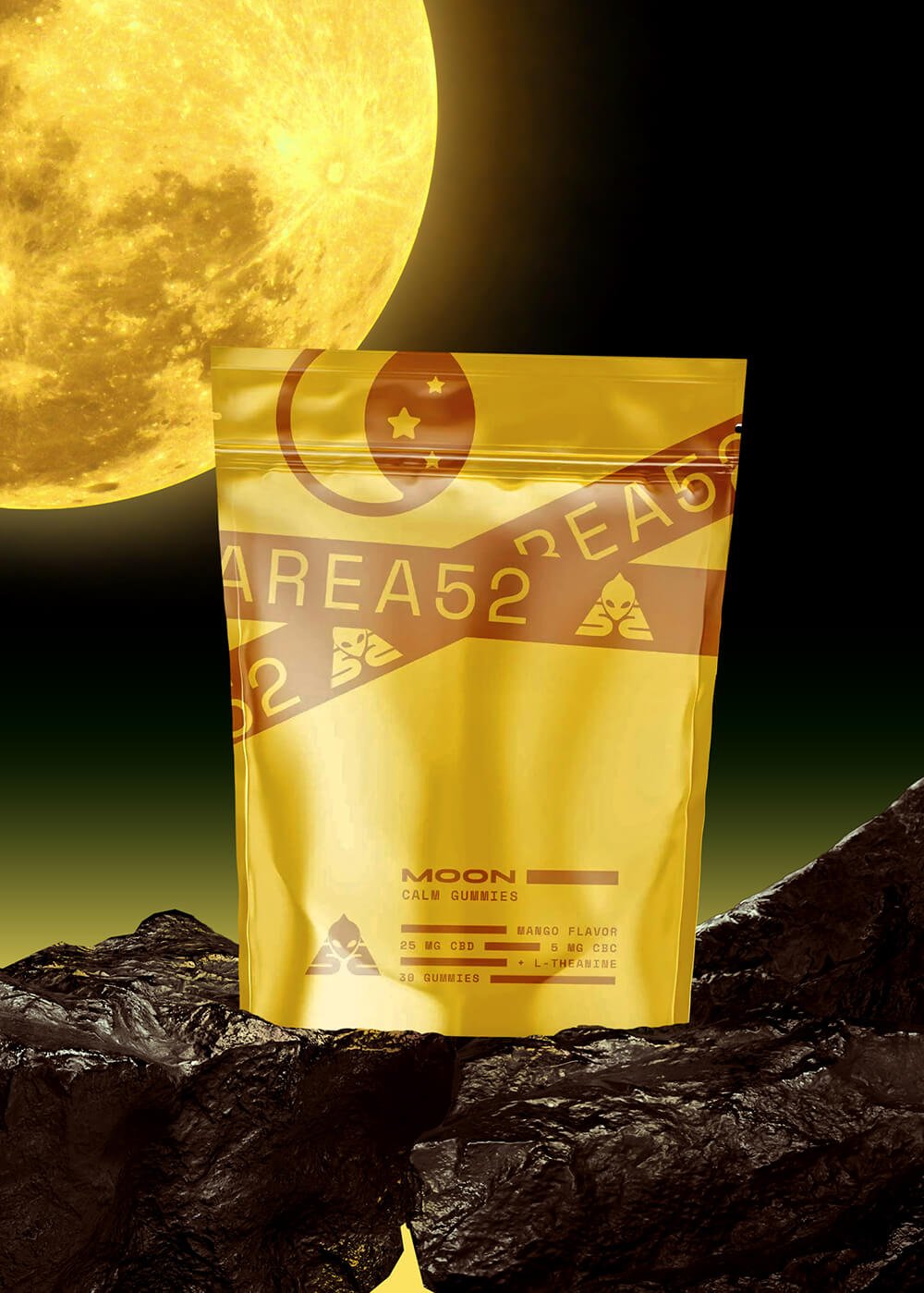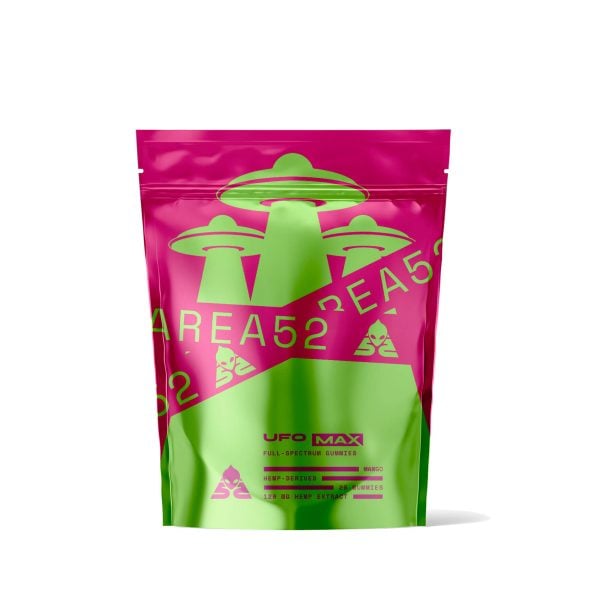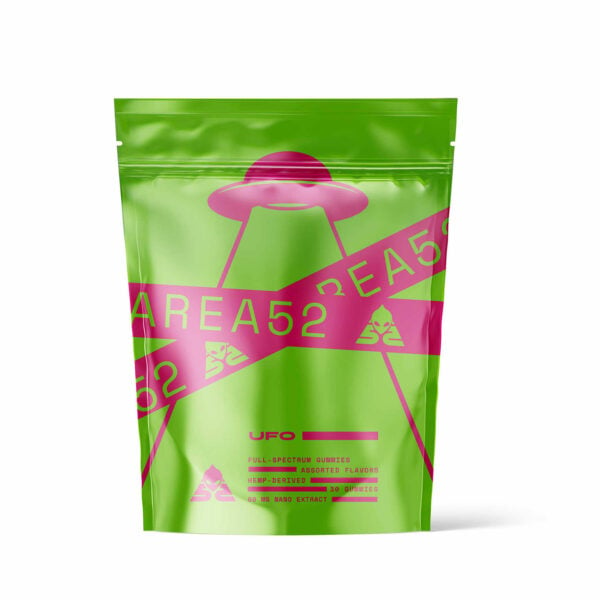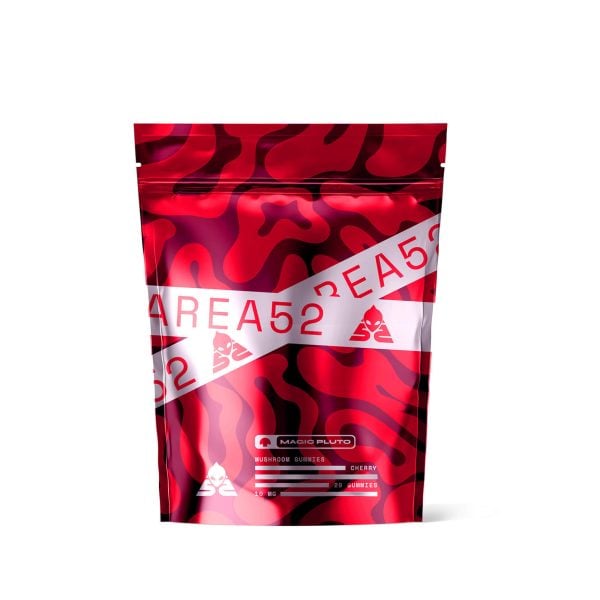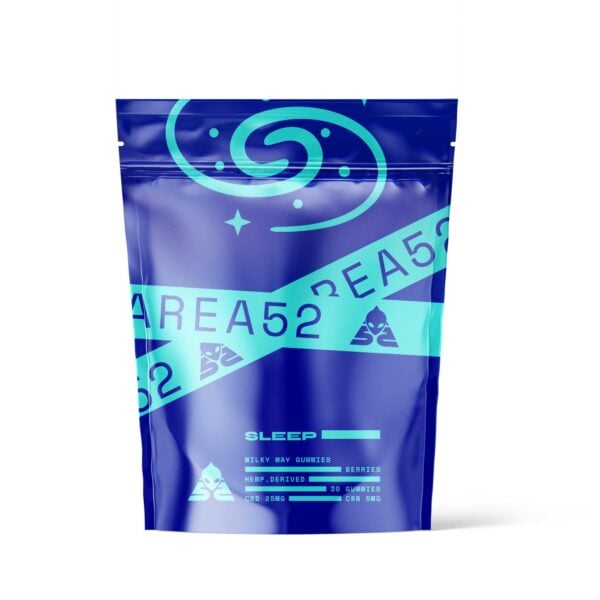Why Do Edibles Hit So Much Harder Than Smoking or Vaping?
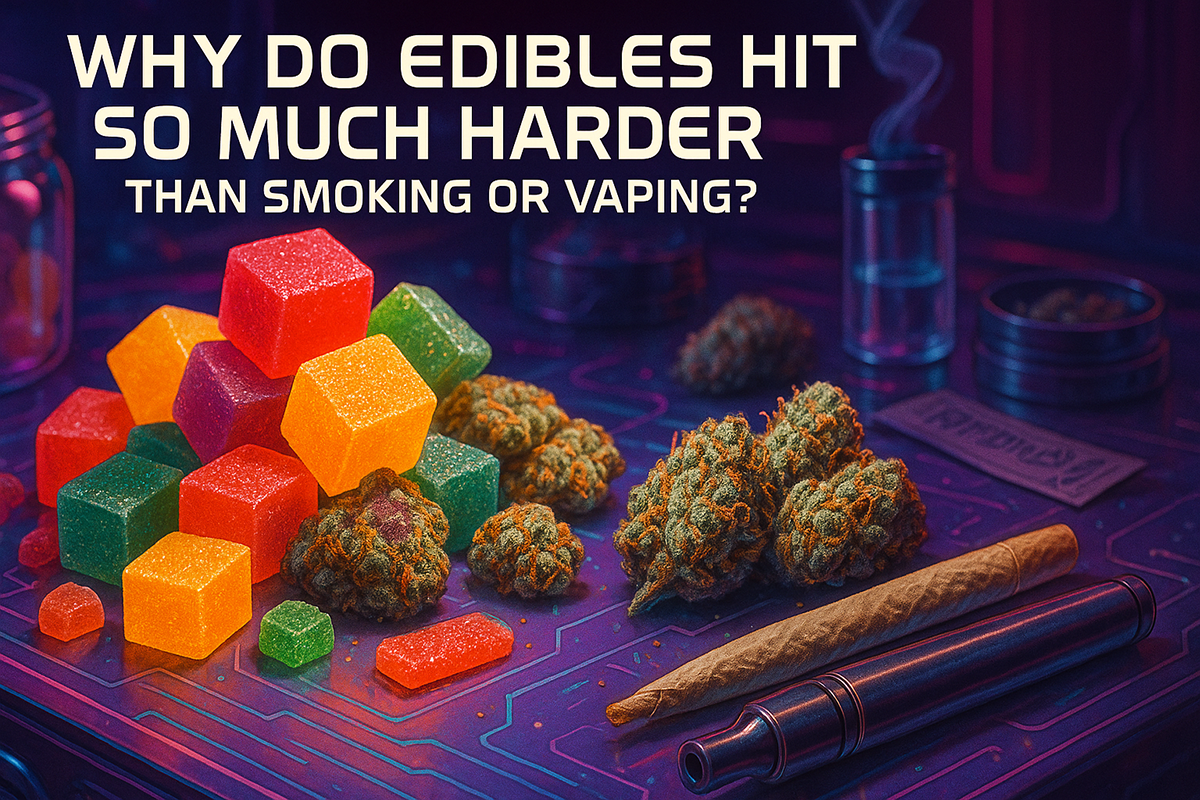
There are countless stories of cannabis users having too many edibles by accident.
Just about everybody will agree; edibles seem to hit harder than just about every other consumption method.
When you’re smoking marijuana or vaping, you actually absorb cannabinoids more efficiently than when you have edibles, but the high from the latter is stronger and lasts longer. It doesn’t seem to make sense at first glance.
Let’s explore this phenomenon in more detail.
Smoking & Vaping vs. Edibles
Since you’re consuming the same substances when smoking, vaping, or eating edibles, you’d expect the high to be the same.
But there are some fundamental differences between smoking a cannabis flower and eating marijuana edibles that alter the potency and duration of effects.
Comparing Edibles & Inhaled THC:
| Smoking & Vaping | Edibles | |
| Onset Time | 2–15 Minutes | 45–90 Minutes |
| Duration of Effects | 2–3 Hours | 3–6 Hours |
| First Pass Liver Metabolism | No | Yes |
The two main reasons why edibles hit harder than vaping, smoking weed, or other inhaled forms include:
1. The Liver Makes THC Stronger
Because of the influence of the liver, THC is converted to a stronger form when using edibles.
When you smoke, THC enters your bloodstream through your lungs and reaches your brain within minutes.
But, when you eat edibles, THC is ingested orally, processed in your digestive tract, and metabolized by a middleman: the liver, where THC is turned into 11-hydroxy-THC.
It’s estimated that this metabolite is five times stronger than THC, and when it finally reaches your bloodstream and brain, it’ll hit you… You guessed it: five times harder.
And 11-hydroxy-THC is water-soluble, unlike THC, so at this point, it actually spreads through your body and gets absorbed by the brain faster [1].
2. Edibles Are Absorbed More Thoroughly
Think about it, when you smoke or use vape cartridges, you hold your breath for a few seconds and exhale. Most of the smoke still comes out on the exhale. This smoke contains a ton of THC in it.
Even though THC absorption is very efficient in the lungs, most of the smoke is still wasted and exhaled into the air.
With both edibles and gummies, the THC enters a closed system, and most of it is eventually absorbed (it just takes much longer).
When you inhale 5 mg, only about 1-2 mg is absorbed. When you ingest 5 mg, closer to 4 mg is eventually absorbed (this will vary depending on individual factors like digestive health, what other foods were consumed that day, and other factors).
How Long Does it Take for Edibles to Kick In?
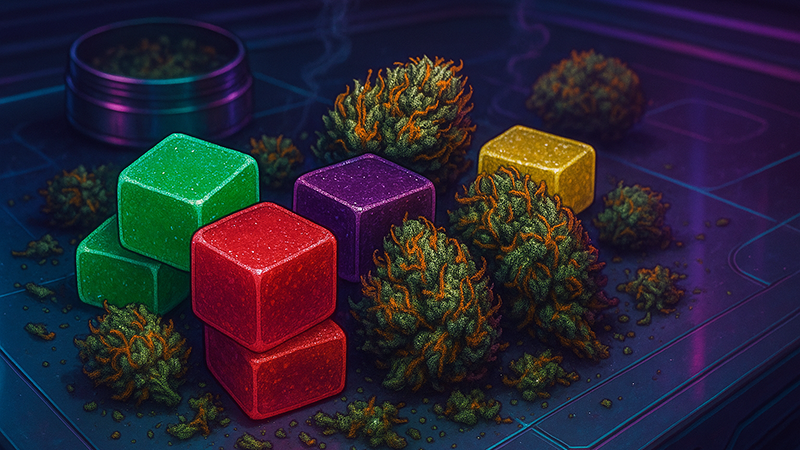
When it comes edibles vs vape onset of effects, edibles take around 30 to 90 minutes to kick in, but it depends on your metabolism, what you ate that day, and the composition of the edibles you’re having.
Most people feel the early effects by the 45-minute mark and should reach peak effects by around one and a half hours after taking the edible.
What Is First Pass Metabolism?
First pass metabolism is part of how some drugs are metabolized by the body, especially when administered orally — and, yes, it includes consuming cannabis and is what happens to THC.
This phenomenon greatly reduces the concentration of certain drugs before they enter your circulatory system, and it normally happens in the liver.
As we’ve mentioned before, THC enters your digestive tract and is converted to 11-hydroxy-THC by the liver before entering your bloodstream. Hence, only traces of THC reach your systemic circulation.
THC is a rare case where the potency is actually enhanced by this process. Other drugs that experience first-pass metabolism and become weaker include morphine and alcohol.
How Much THC Is in Edibles?
Whether you made your own or bought pre-made edibles, the THC amount varies.
Most edibles are made to contain doses of 2 mg, 5 mg, 10 mg, or 20 mg THC — but you can find just about any amount. Edibles made with raw weed can contain a huge amount of variability in the THC content.
One edible from the same batch could even contain twice the dose of THC than others. This is what makes homemade edibles such a gamble in terms of their potency.
What Happens If I Eat Too Many Edibles?
Whether you made your own or bought pre-made edibles, exactly how much cannabis or THC amount varies.
Taking too many edibles could result in feelings of paranoia, anxiousness, or sedation, and grogginess. You may feel confused, agitated, and experience a rapid heart rate.
The important things are to relax, focus on taking slow, deep breaths, and find a comfortable place to chill out and wait for the effects to wear off on their own.
Eating some food or drinking some water to dilute the THC still waiting to be absorbed in the digestive tract is also one of the best tips to sober up from THC.
If you have too many edibles, you may experience side effects, including:
- Cognitive and/or motor impairment
- Sedation or tiredness
- Anxiousness
- Panic attacks
- Increased heart rate
- Nausea
- Vomiting
Some tips for people who have had too much:
- Lay down
- Take a deep breath and try to stay calm — keep reminding yourself that what you’re feeling will go away soon
- Drink lots of water
- Play relaxing music
- Have a shower
- Close your eyes — this may not help everyone, but it’s worth a try
- Have some CBD — it can reduce the effects of THC, but it can also slow down its metabolism and keep it in your system for longer
- Call someone — chatting can get your mind off of your current symptoms
Do not operate vehicles or do anything that can endanger you or others.
Types of Cannabis Edibles
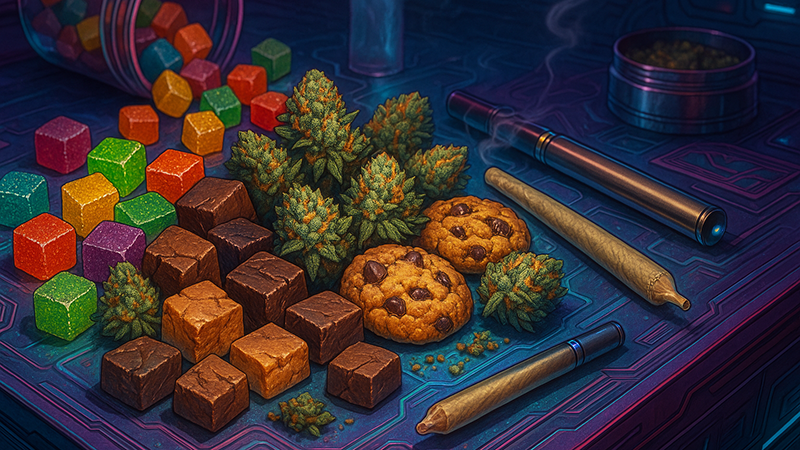
This article was mostly aimed at cannabis edibles containing delta 9 THC. But there are many others you can have fun experimenting with; here are the main types of edibles:
1. Gummies
Gummies are probably the most popular type of edibles. There are flavors and cannabinoid concentrations for every taste. They’re convenient, discreet, and delicious.
Besides delta 8 and delta 9 THC, there are CBD, CBN, CBG, THCV, and many other gummies; isolate, broad-spectrum, full-spectrum… You name it! Seriously, there are gummies for every taste and need. In Area 52, you can try our nano full-spectrum UFO gummies containing CBD, CBG, CBC, THC, & terpenes.
2. Baked Goods
Marijuana cookies and other baked goods, like brownies, are the OG edibles. Way before hemp was legalized, crafty stoners were making their own at home.
Usually, they’re full-spectrum because they’re directly made from marijuana or hemp, but you can also find broad-spectrum and isolate.
The only point where they fall short of gummies is the shelf-life, but, aside from that, they’re equally delicious, discreet, and convenient.
3. Hard Candies
Examples of hard candies include caramels, honey sticks, candy canes, lollipops, and mints.
The one big difference between hard candy and all remaining types of edibles is that the cannabinoids are mostly absorbed in your mouth — basically through the same principle that leads brands to advise people to keep tinctures under their tongue.
So, you can expect the absorption to be quicker and the effects to be a bit of a hybrid between smoking and having edibles.
Most of their cannabinoid content will directly enter your bloodstream (in the form of THC), while a smaller part will be processed by the liver (and turn into 11-hydroxy-THC).
4. Chocolates
There’s white, milk, dark chocolate, and even other unconventional flavors, like mint chocolate — there’s something for everyone.
Now, we all know there are two types of chocolate lovers: the chewers and the melters.
The way cannabinoids enter your body follows the same principle as hard candy if you let it melt in your mouth. Otherwise, they act like all other edibles.
5. Savory Treats
If you’re one of those who prefer salty snacks to sweets, don’t worry, there are plenty of options for you.
Examples include peanut butter, beef and bacon jerky, chips, nachos, crackers, cheesy snacks, pretzels, salt popcorn, nut mixes, pizza sauce, salsa, pickles, and so many more.
You can mostly find CBD and THC-infused savory goods, and they work like other edibles — they’re metabolized in your digestive tract and liver.
6. Beverages
Just like candy, the cannabinoids in beverages start to be absorbed in your mouth before entering the digestive tract, leading to a unique hybrid experience.
You can buy pre-made beverages, including tea, energy drinks, juices, water, beer, and many others, or prepare them yourself — cocktails, in particular, are really growing in popularity, and it’s easy to see why!
Key Takeaways: Why Are Edibles Stronger than Smoking?
Edibles are stronger than smoking because of the way THC is processed in the body.
When smoking or vaping, cannabinoids enter your bloodstream through the lungs and quickly reach the brain; with edibles, they need to go through your digestive tract and be metabolized by your liver before reaching the blood.
But because THC is one of the drugs that undergo first-pass metabolism, its concentration is greatly reduced as THC turns into 11-hydroxy-THC — a water-soluble, much stronger version of THC.
The key to having a great experience is to start with a low amount and slowly increase from there.
FAQs on Edibles vs Vapes
Want to know more about the pros and cons of vaping and smoking cannabis vs ingestion of edibles? Then check out the short list of FAQs below.
1. What Lasts Longer, Edibles or Vapes?
Although there’s a delayed onset, the effects of edibles last longer than vapes. The body needs at least 30 minutes to a couple of hours to process the edibles, compared to vapes. Not only does THC stay longer in the system, but the liver also breaks it down into stronger, more potent metabolites.
On the other hand, the psychoactive effects of vaping hit almost instantaneously since the cannabinoids from the plant material are absorbed directly by the cells.
2. Do Edibles Make You Very High?
Yes, edibles can produce significantly stronger highs. The liver metabolizes THC into smaller and much stronger compounds called metabolites. Cannabinoids are also lipophilic and are easily absorbed by the fat cells, making them linger longer as the fat cells slowly release them into the system. Of course, the intensity of the high will also depend on the amount of THC in the edibles.
If you’re new to edibles, be sure to wait a while before you take another bite. Consuming too much too soon is one mistake many rookies actually make.
3. Are Edibles as Bad for Your Liver as Alcohol?
Edibles aren’t that hard on the liver, compared to alcohol and even some of the most common over-the-counter medications we’re taking. However, cannabinoids are known to interact with some of the drugs and medications that the liver is also metabolizing.
If you’d like to consider adding medical cannabis to your health regimen, be sure to speak with your primary care physician first, especially if you’re on medications. People with liver and kidney diseases should also exercise caution when consuming cannabis.
4. Is Vaping Bad for Your Teeth?
Vaping weed reduces saliva production. Because saliva is important to oral health and tooth protection, reduced production can result in discoloration and decay. Cannabis use also makes the mouth more susceptible to bacterial infection since reduced saliva impacts the oral microbiome.
5. How to Clean Your Lungs from Vaping?
Vaping may be healthier than smoking since there’s no combustion of paper and dried flowers, but vapes still contain harmful toxins and chemicals. To detox or clean your lungs, you must abstain from vaping and smoking, stay hydrated, and do deep breathing exercises regularly. A healthy diet and regular exercise program also help keep the lungs healthy.
